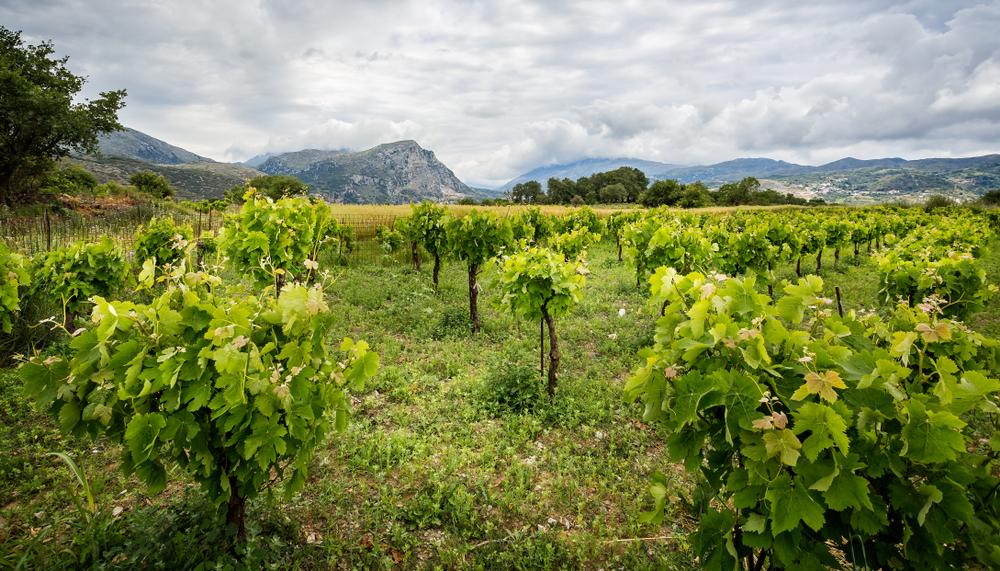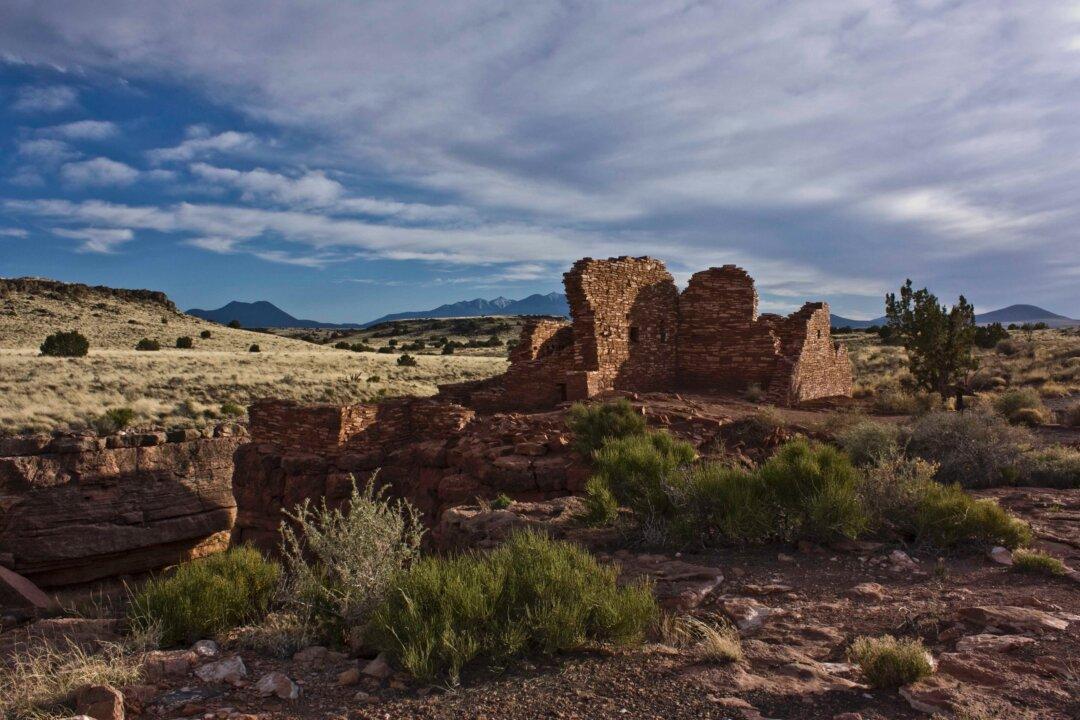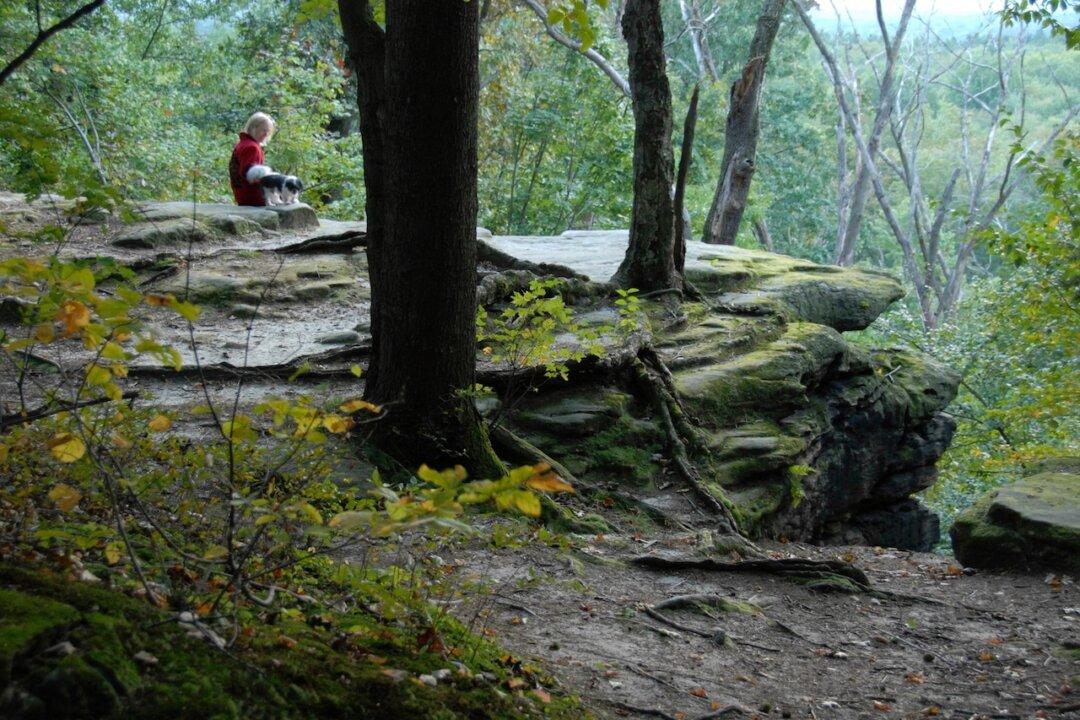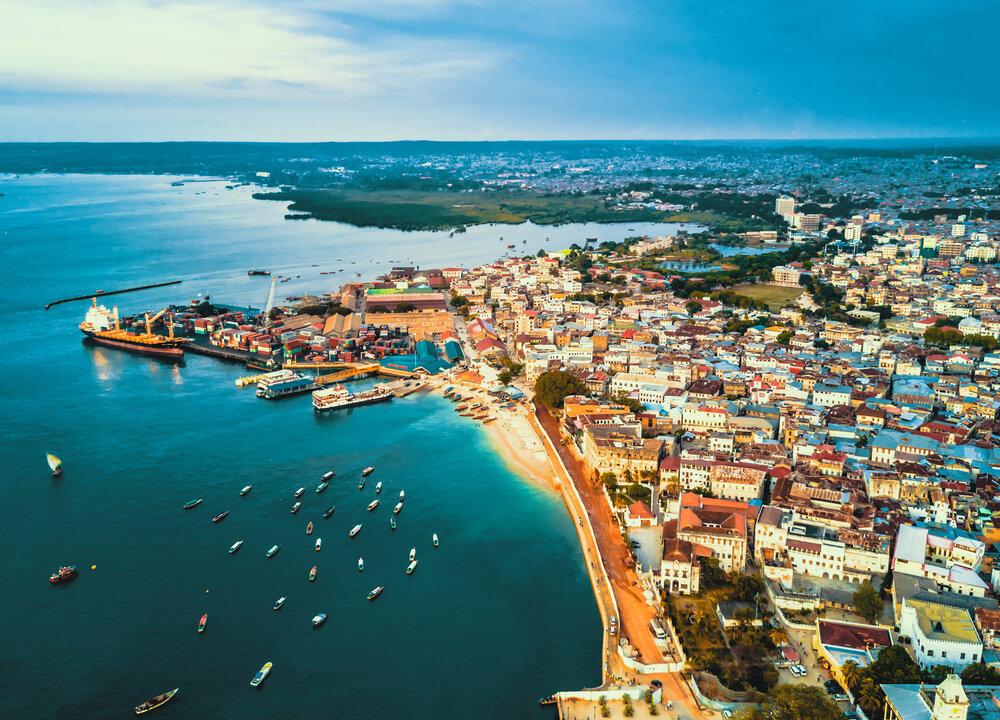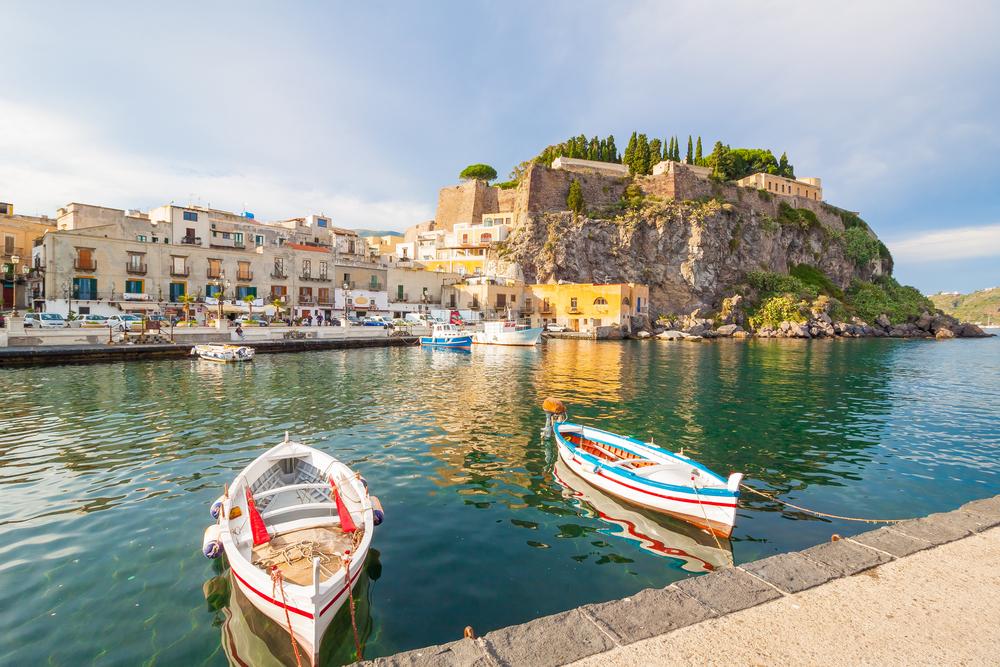Greece’s biggest island, Crete, has a tradition of viticulture that reaches back as far as the early Minoan Civilization, almost 5,000 years ago. Their winemaking culture flourished up until the Venetians inhabited the island, then almost melted into obscurity when the Ottomans came to rule.
Today, one of the world’s best-loved tourist destinations is resurrecting that exquisite tradition. Highly unusual and stylistic wines are emerging from the PGI Crete zone.

